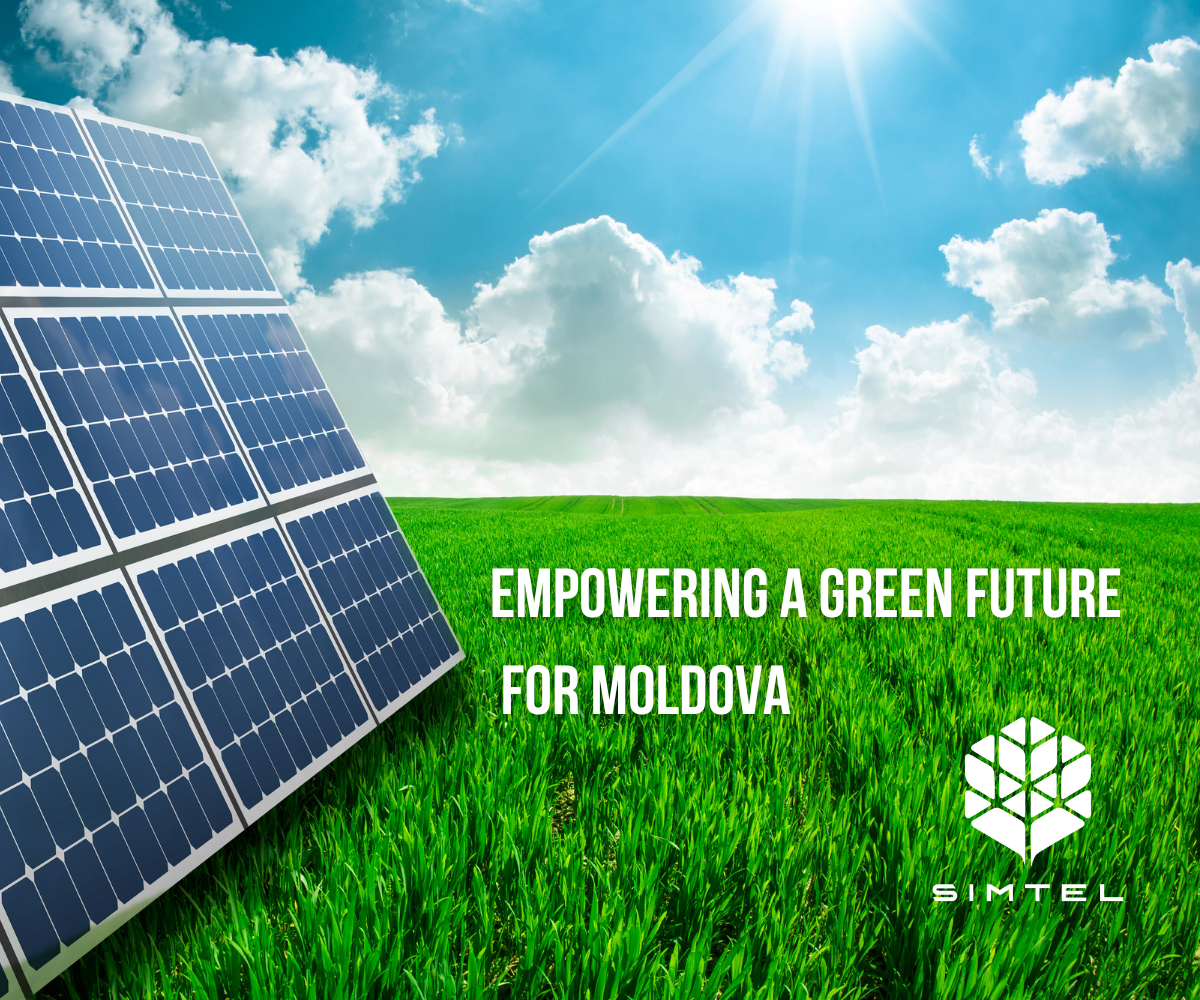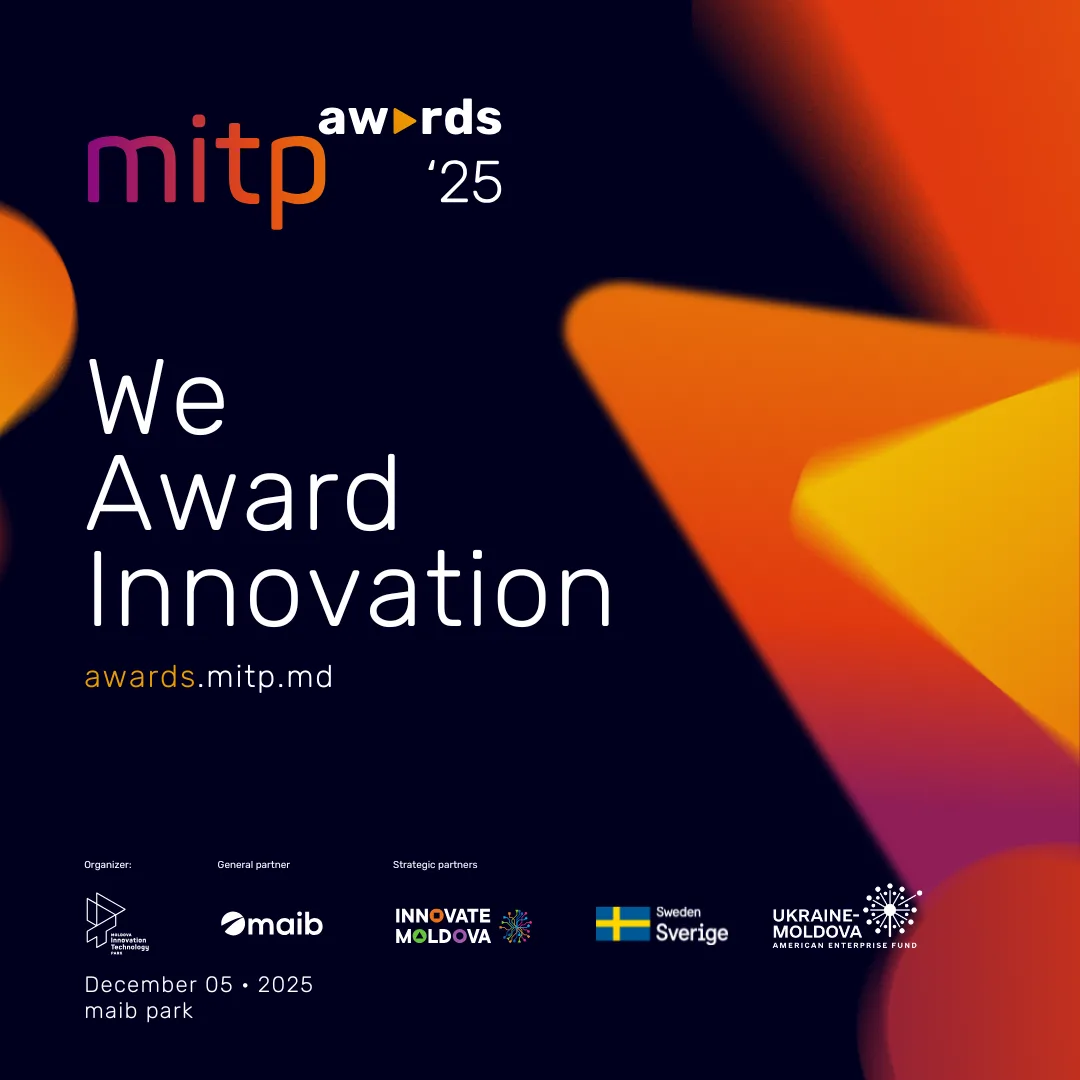For Vladislav Papanaga, antrepreneur and founder of QGroup, energy is no longer just one line in a company’s cost structure. It is the invisible infrastructure that keeps everything alive: production lines, supply chains, data centers, digital services. In a country like the Republic of Moldova, which currently produces less than a fifth of the electricity it consumes and depends heavily on imports for the rest, this reality is not an abstract concept. It is a daily vulnerability, but at the same time, a rare opening for a new kind of business thinking.
He starts from a simple observation: demand for electricity is never constant. It rises and falls throughout the day and across seasons, while the system that produces it must remain stable and reliable. Traditional power sources such as gas, coal or nuclear energy are built for that kind of stability, yet they come with a heavy price. They depend on access to fuel, long and fragile logistics chains and geopolitical conditions that no entrepreneur can control. Moldova does not have such resources, and this apparent disadvantage forces the country to look in a different direction.
That direction is renewable energy. Sun and wind are not just fashionable topics in policy reports; they are the foundation for a new technological and business model. For Moldova, they combine three decisive advantages: they are accessible, they are clean and they are practically the only realistic long-term option in the absence of significant fossil reserves. Crises of the last years have accelerated this shift, pushing both the state and private sector toward modern solutions, but even green energy has its own weakness. It often produces the most electricity when people and businesses do not necessarily need it.
This is where Papanaga sees the real breakthrough. The missing piece is not the panel or the turbine, but the ability to hold energy in reserve and use it strategically. Battery Energy Storage Systems, known as BESS, change the rules of the game. They allow surplus electricity generated in low-demand periods to be stored and then released precisely during peak hours, when the system is under pressure and prices are highest. In his view, this is where energy stops being just a utility and becomes an asset class.
When energy can be produced at very low marginal cost and then sold exactly when the market needs it most, the economics change completely. The business owner no longer plays a passive role, accepting whatever price the market offers at a given moment. Instead, he can decide when and how to inject energy into the system. The company earns profit by helping the grid stay balanced, while the state receives something of strategic importance: more stability, more local capacity and less dependency on external suppliers. It is one of those rare cases where commercial interest and public interest move in the same direction.
From this philosophy emerges the concept that QGroup calls the “green generator”. It is not just a solar farm or a wind park. It is conceived as a compact, next-generation energy plant that produces, stores and manages power as an integrated whole. Such an asset generates electricity from solar or wind resources, directs it into advanced battery systems, uses software to manage flows and protects itself through built-in monitoring and maintenance. In plain business language, it is a self-sufficient energy factory.
What makes this model particularly attractive, in Papanaga’s view, is control. A smart generator of this kind does not merely feed kilowatts into the grid. It allows the owner to decide when that energy appears on the market and under what conditions. Compared to traditional power plants that are tied to fuel purchases, transport routes and politically sensitive agreements, a portfolio based on renewables plus BESS looks more agile, more predictable and, over time, more profitable. The company is no longer at the mercy of external shocks in the same way.
The state, in this setup, becomes both a client and a partner. Moldova has every reason to prefer locally produced energy to imported energy. Power generated inside the country tends to be cheaper once the infrastructure is in place, more secure from a strategic point of view and healthier for the overall balance of payments, since it reduces pressure on foreign currency reserves. Investors who build hybrid solutions help solve several structural problems at once: they lower dependency on external sources, contribute to a more stable grid and support macroeconomic resilience.
Because of this alignment of interests, the state is ready to pay for such solutions in a way that still leaves room for attractive returns. The relationship between private capital and the national economy gradually shifts from one based primarily on regulation and control to one based on mutual benefit. The government obtains a more robust energy system without taking on all the investment risk itself. The entrepreneur gains a long-term, predictable client.
Financial institutions have also started to respond. According to Papanaga, the discussion with banks about solar projects and storage systems has changed noticeably in recent years. These projects are no longer seen as exotic or experimental. They are treated as real assets with clear cash flows and relatively fast payback periods. In classic investment terminology, the expected return exceeds the cost of capital, which places such ventures firmly in the category of bankable, scalable projects rather than marginal or speculative ones.
The regional context reinforces this perspective. Countries like Romania, Bulgaria and Hungary have already moved forward with large-scale integration of renewable energy. Moldova is only now entering the same phase, and paradoxically, this delay creates an opportunity. In any emerging market, those who arrive early shape the rules, secure the best locations, build the first partnerships and establish the reference business models. Two or three years from now, many of these positions will be taken.
Papanaga likes to recall Warren Buffett’s famous approach: when everyone feels optimistic and rushes to buy, he becomes cautious; when fear dominates and others sell, he steps in. In the energy sector, this logic translates into an advantage for those who act before there is full consensus that “the moment has come.” Investors who build capacities today do so in a market that is still forming, where barriers to entry are lower and the upside for successful projects is higher.
All this leads to a broader conclusion about the future of business itself. For the modern entrepreneur, energy can no longer be regarded solely as a fixed cost to be minimized year after year. It can and should be treated as a separate pillar of the company’s asset portfolio. By creating its own capability to produce, store and manage electricity, a business does not simply reduce its bills. It adds a new stream of revenue, one that can operate independently of its core line of activity.
In Papanaga’s view, this marks the start of a new chapter in diversification. The traditional trio of assets — real estate, production facilities and logistics — is joined by a fourth category: energy infrastructure owned or controlled by the company. This fourth category brings something extremely valuable in uncertain times: autonomy, predictability and cash flows less correlated with cyclical swings in the main business. Even when markets slow down or demand fluctuates, a well-designed energy asset can continue to generate income.
Smart energy, in this sense, is not just about being “green” or following global trends for reputational reasons. It is about building a business architecture that is more resilient and more aligned with where technology and regulation are heading over the next decade. It connects economic logic, digital control systems and sustainability into a single, coherent model.
Those who understand this shift now, Papanaga believes, will not remain just consumers paying monthly energy bills. They will become owners and operators of a new generation of profit centers that sit at the intersection of business and national security. In a country like Moldova, where every additional megawatt of local, stable capacity changes the strategic picture, that role is not only commercially attractive. It is part of how the next stage of economic development will be written.






